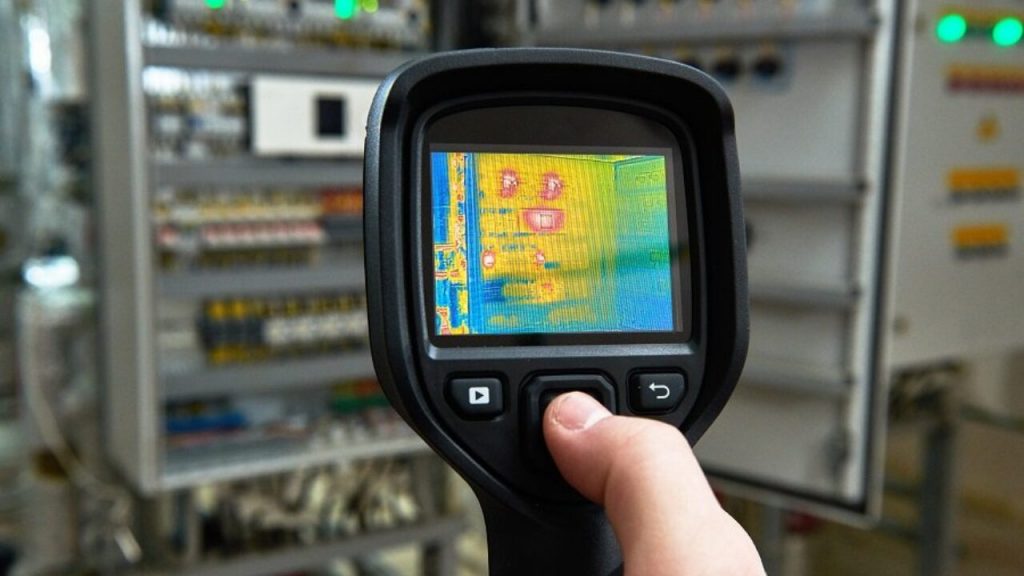
Thermal Image Testing
Unveiling the Invisible: The Power of Thermal Image Testing
In our quest to understand and explore the world around us, technology continues to play a crucial role. One remarkable innovation that has revolutionized various fields is thermal image testing. With its ability to capture and visualize temperature variations, thermal imaging has proven to be an invaluable tool in areas such as maintenance, building inspections, healthcare, and even wildlife research. In this article, we delve into the fascinating world of thermal image testing, exploring its applications, benefits, and the technology behind it.
Understanding Thermal Image Testing:
Thermal image testing, also known as thermography, utilizes infrared radiation to create images based on temperature differences in objects or environments. Every object with a temperature above absolute zero (-273.15°C or -459.67°F) emits infrared radiation. This radiation is captured by thermal cameras, which then convert it into a visual representation of varying temperatures.
Applications of Thermal Image Testing:
- Building Inspections: Thermal imaging is extensively used in building inspections to identify energy inefficiencies, detect water leaks, and locate hidden electrical faults. By detecting temperature anomalies, thermal imaging can uncover areas with poor insulation, air leaks, and moisture intrusion, allowing for prompt repairs and energy savings.
- Industrial Maintenance: Thermal image testing is invaluable in predictive and preventative maintenance programs. It helps identify equipment malfunctions, overheating components, and potential failures before they occur. By detecting anomalies in electrical systems, mechanical equipment, and rotating machinery, thermography assists in reducing downtime, optimizing performance, and enhancing safety.
- Firefighting and Safety: Thermal imaging cameras are vital tools for firefighters. They enable them to navigate through smoke-filled environments, locate hotspots, and identify hidden fire sources. In search and rescue operations, thermal image testing can help locate missing persons by detecting their body heat signatures, even in darkness or adverse conditions.
- Medical Diagnostics: In the medical field, thermal image testing plays a role in various applications. It aids in early detection of breast cancer by highlighting abnormal temperature patterns in breast tissue. Additionally, thermography assists in diagnosing vascular disorders, identifying inflammation, and monitoring the healing process in sports medicine.
- Wildlife Research: Thermal imaging has found utility in studying wildlife behavior, monitoring populations, and conducting ecological research. It allows researchers to observe animals at night without disturbing their natural habitats. Thermal cameras can track the movements of nocturnal animals, identify animal populations in dense vegetation, and study thermoregulation patterns.
Benefits of Thermal Image Testing:
a. Non-Destructive: Thermal image testing is a non-invasive technique that does not require physical contact with the object or surface being examined. This characteristic makes it highly suitable for applications where preservation or non-destructive analysis is essential.
b. Time and Cost-Efficient: With thermal imaging, large areas can be quickly scanned for abnormalities, significantly reducing inspection time. Identifying issues early on prevents costly damages and improves overall efficiency, making thermal image testing a cost-effective solution in many industries.
c. Increased Safety: By detecting potential hazards and equipment failures in advance, thermal image testing contributes to improved safety measures and risk reduction. It helps prevent accidents, electrical fires, and potential injuries, ensuring the well-being of individuals in various environments.
The Technology Behind Thermal Image Testing: Thermal image testing relies on the use of specialized cameras known as thermal or infrared cameras. These cameras contain sensors that detect and measure the infrared radiation emitted by objects. The captured data is then processed and translated into a visual image, often displaying temperature variations in different colors or shades.
Modern thermal cameras are equipped with advanced features such as high-resolution imaging, real-time data analysis, and the ability to record and document findings. Some devices can even overlay thermal images onto visible light images for enhanced analysis and interpretation.
Conclusion: Thermal image testing has transformed the way we perceive the world around us, unveiling invisible details and temperature variations that are otherwise undetectable to the naked eye. From building inspections and industrial maintenance to medical diagnostics and wildlife research, thermography has proven to be an indispensable tool in numerous fields. Its non-invasive nature, time and cost efficiency, and ability to enhance safety make thermal image testing an invaluable asset for professionals seeking to optimize processes, ensure safety, and make informed decisions based on reliable data. As technology advances, we can expect thermal imaging to continue pushing the boundaries of what we can uncover and achieve in both our natural and built environments.
#electricianswales #firstphaseelectrical #landlordsandtenants #landlordsafetyinspections #rewiring #solarinstallations #electricians #electricalcontractors #thermalimagetesting



Leave a Reply